World Cup 2022 review: Football was fabulous but at huge human cost as ‘real’ Qatar conveniently missing
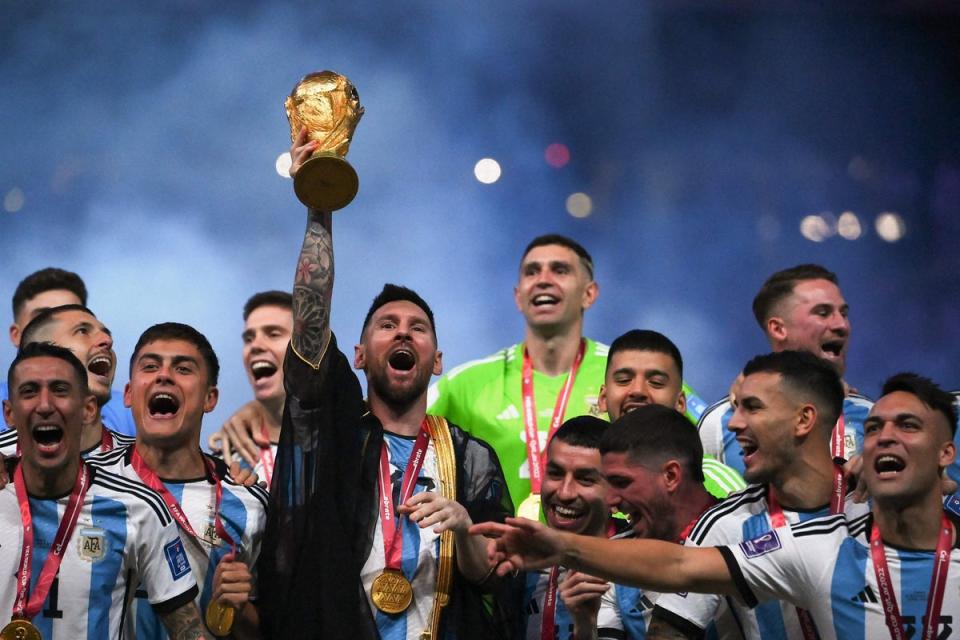
“The tournament of external noise,” as Gareth Southgate put it, was capped off by the “final of records”, in the words of Didier Deschamps.
The abiding memories of this World Cup will be its many controversies and the historic brilliance of the final, as well as much of the rest of the football.
Qatar’s calculation was always that the latter would make the former worthwhile; in other words, that few people would look beyond the on-field drama to the human and moral cost of the finals. Given the breathlessness of Sunday’s showpiece and Lionel Messi’s immortal story, the hosts will almost certainly get their wish.
Being on the ground in Doha, however, the ugly side of the World Cup was harder to avoid.
It was rare to come in contact with native Qataris or step out of the bubble into the “real” Qatar.
This tournament was literally built on a form of modern slavery, and there was still evidence of it everywhere, from the groups of migrant workers toiling in the heat on building sites to the army of more blue-collar help propping up an unequal system.
These workers were typically subservient and obsequious to an uncomfortable degree, clearly afraid of being perceived to step out of line, which made for an uneasy and corrupting atmosphere. This was only exacerbated by the mass of FIFA volunteers everywhere, shepherding supporters around the country like it was a giant one-way system.
It was easy to exist almost entirely in a routine facilitated by these workers and volunteers, and rare to come in contact with native Qataris or step out of the bubble into the “real” Qatar.
For all the convenience, there was a sense that none of the workers or volunteers had any real authority, making for some frustrating situations, and it felt as though all decisions — big and small — were being made by shadowy forces behind the scenes, which is exactly the way FIFA operate, too.
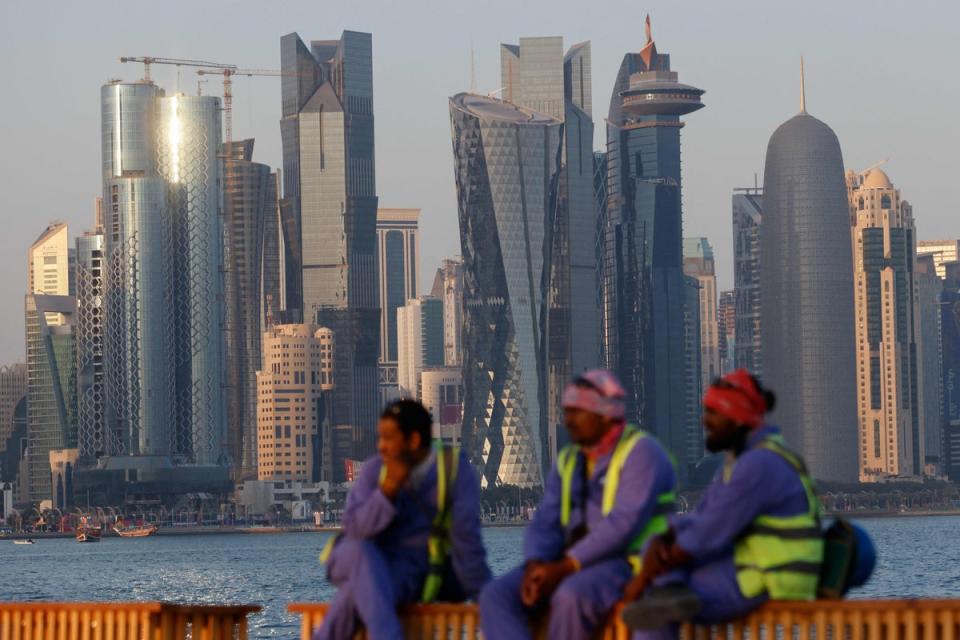
And it was difficult to say if there was a “real” Qatar to discover behind the FIFA branding and corporate glamour.
There was a pervasive feeling of inauthenticity everywhere. Some of it was obvious, like the shopping malls built to resemble Venice or the Palace of Versailles, some less so.
In Msheireb, the lively meeting of the three metro lines in downtown Doha, Arabic music was being played onto the streets from large hidden speakers.
Just up the road, Souq Waqif, which soon became a hub for supporters, was renovated in 2008 and felt less like a traditional market and more like Disney-does-Arabia.
Nowhere was this inauthenticity more pronounced than Lusail, the half-built desert city which hosted the final, a bad trip of glittering skyscrapers, giant 3D billboards and loud pop music being jumped into the wide, gleaming central boulevard. Everything felt for sale, including alcohol, which was easy to find if you were prepared to go through security in a hotel lobby and pay upwards of £10 a pint.
The stadiums themselves were magnificent but soulless, a reality not helped by FIFA’s insistence of pre-match “entertainment” in the form of ear-splitting Europop and inane presenters, drowning out supporters.
This was particularly frustrating when there were fans like the Argentinians, who would have created a phenomenal atmosphere.
There were some superb occasions, often involving the aforementioned or Moroccans, but also some incredibly flat ones, given the stage and quality of action.
While FIFA president Gianni Infantino has claimed this was “the best World Cup ever”, just as he did after the 2018 edition in Russia, the only point where Qatar can genuinely claim to have contributed to the quality of the football was inadvertent, by way of the schedule.
In all likelihood, a winter tournament did lead to better matches, with players fully match sharp after coming straight from the domestic season.
FIFA’s technical study group, led by Arsene Wenger, has made this claim, which is supported by several players, including England captain Harry Kane, who said he felt fitter than during summer tournaments. The pay-off is obviously a likely impact of the second half of the domestic season.
And in awarding the World Cup to what is effectively a city-state, FIFA have stumbled on an exciting formula. An Olympics-like set-up brings supporters of all stripes together and creates a melting pot of culture and colour, which livened up Doha’s dusty streets and made it easy to attend multiple matches.
Lionel Messi lifts the FIFA World Cup 2022 Qatar - In Pictures
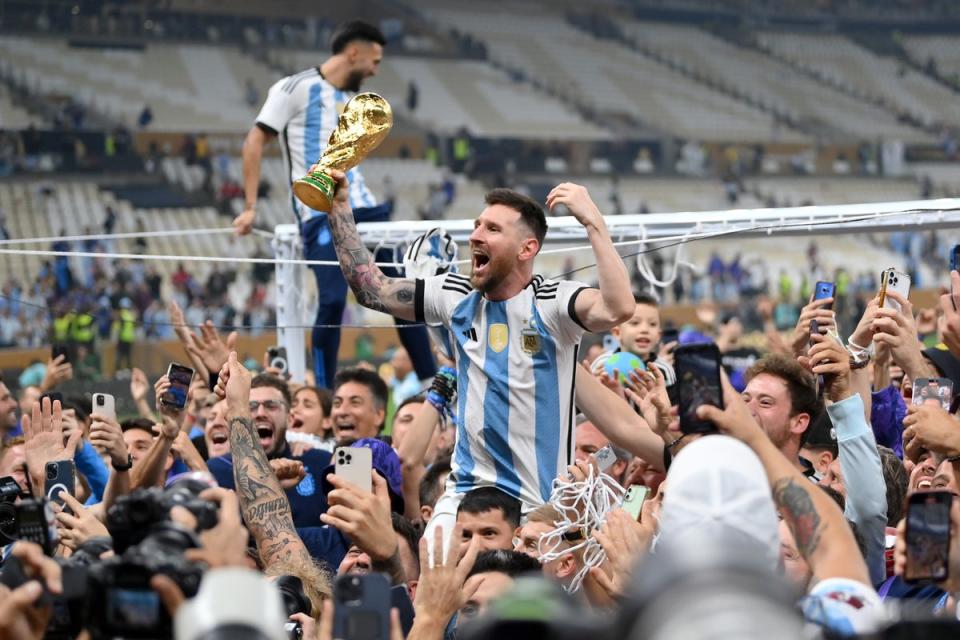
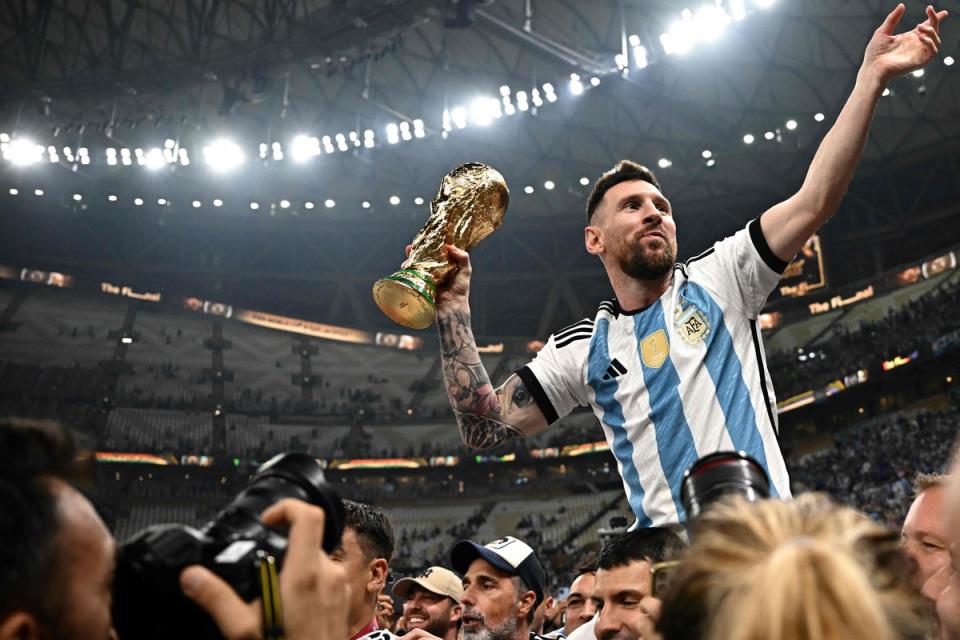
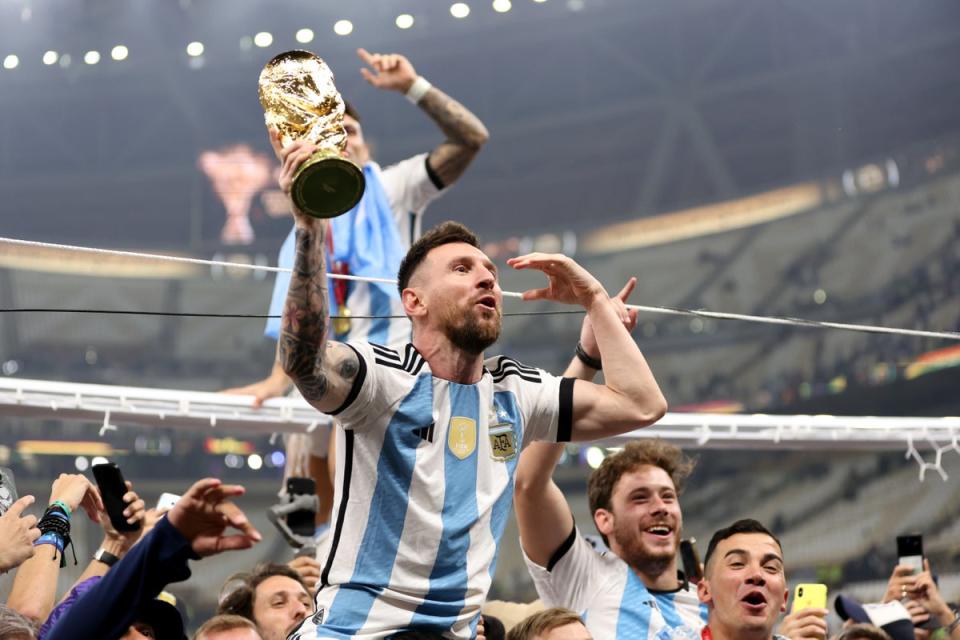
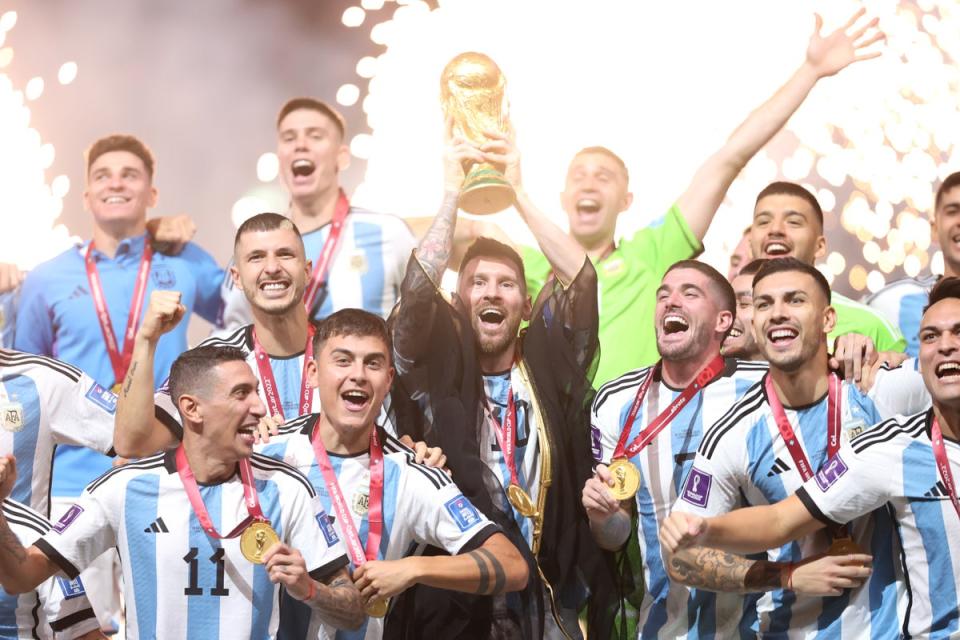
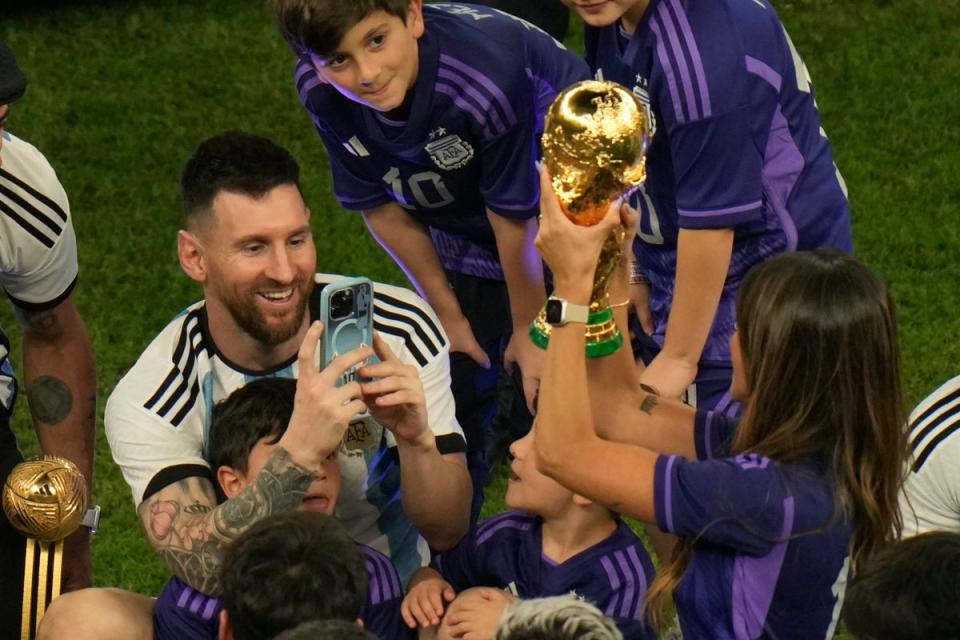

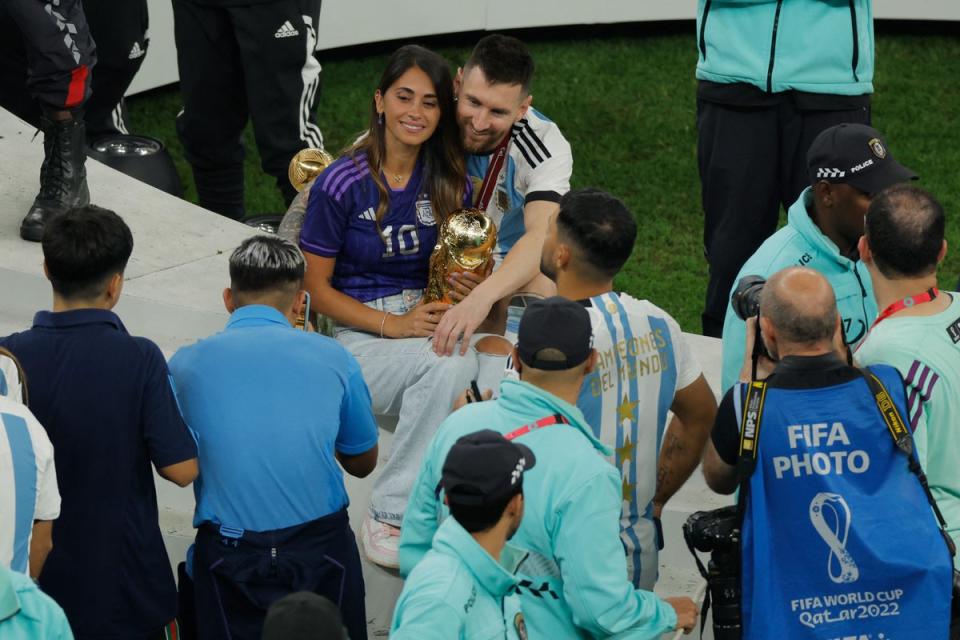
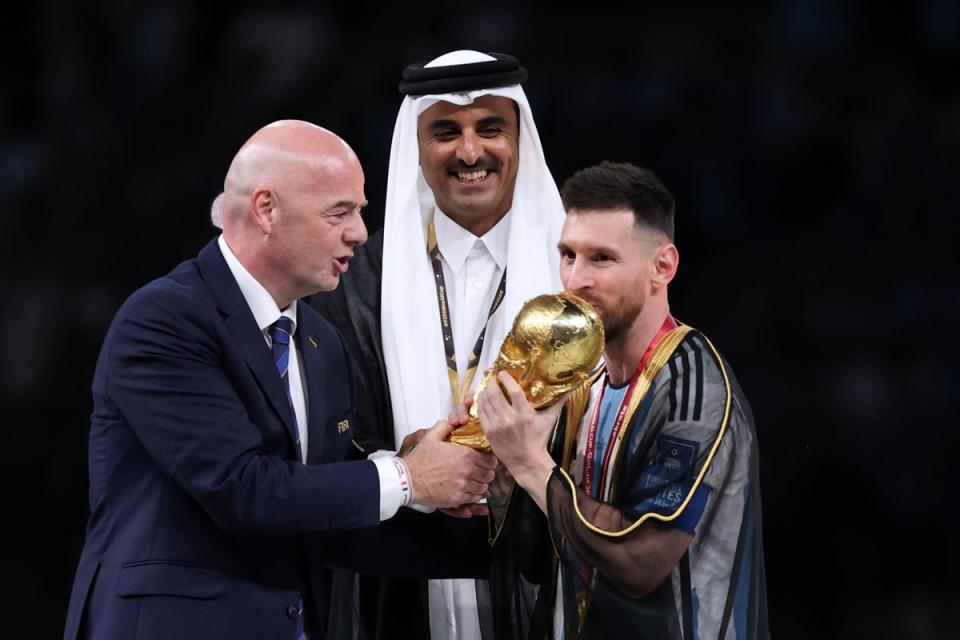
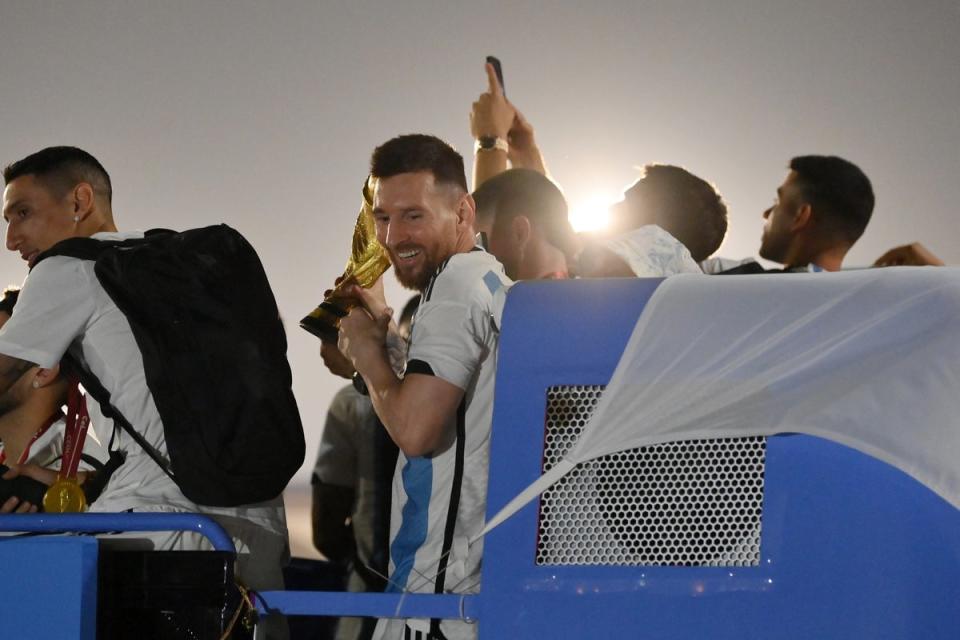
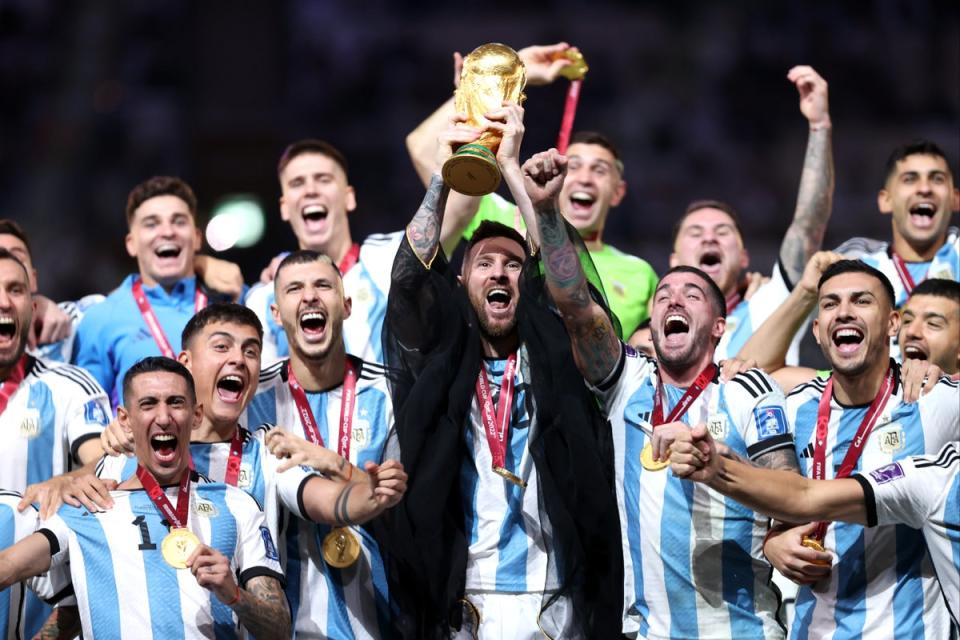
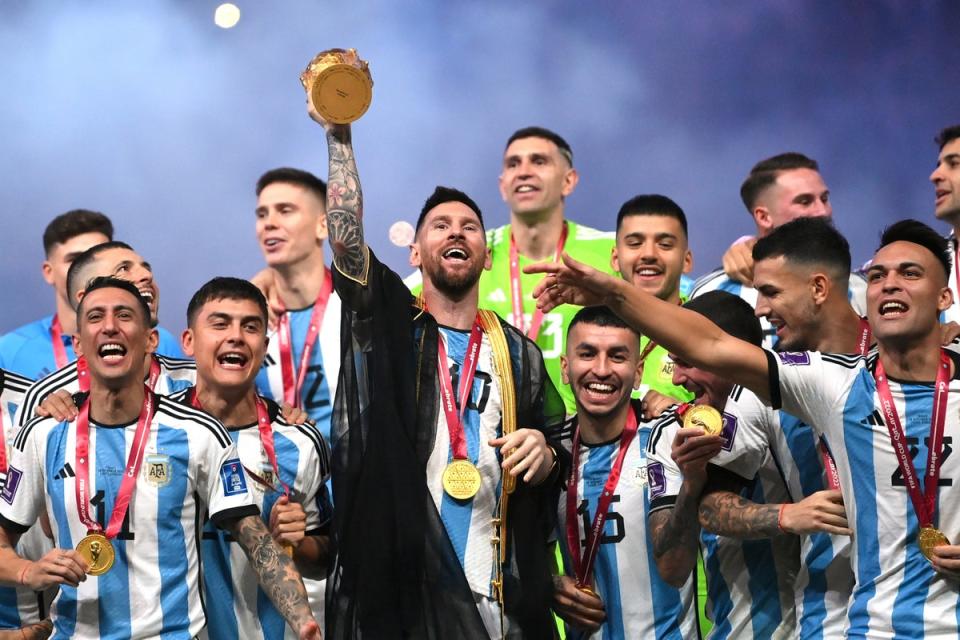
It is doubtful if the formula would work for the proposed 48-team World Cups from 2026, but in a world where climate change will increasingly become the biggest political issue, minimising travel is a strong reason to consider hosting future tournaments in single cities or regions.
If that were to happen, Qatar could, inadvertently, claim a proper football legacy from this World Cup, although it is a legacy fund and compensation for workers which should now be the priority.
